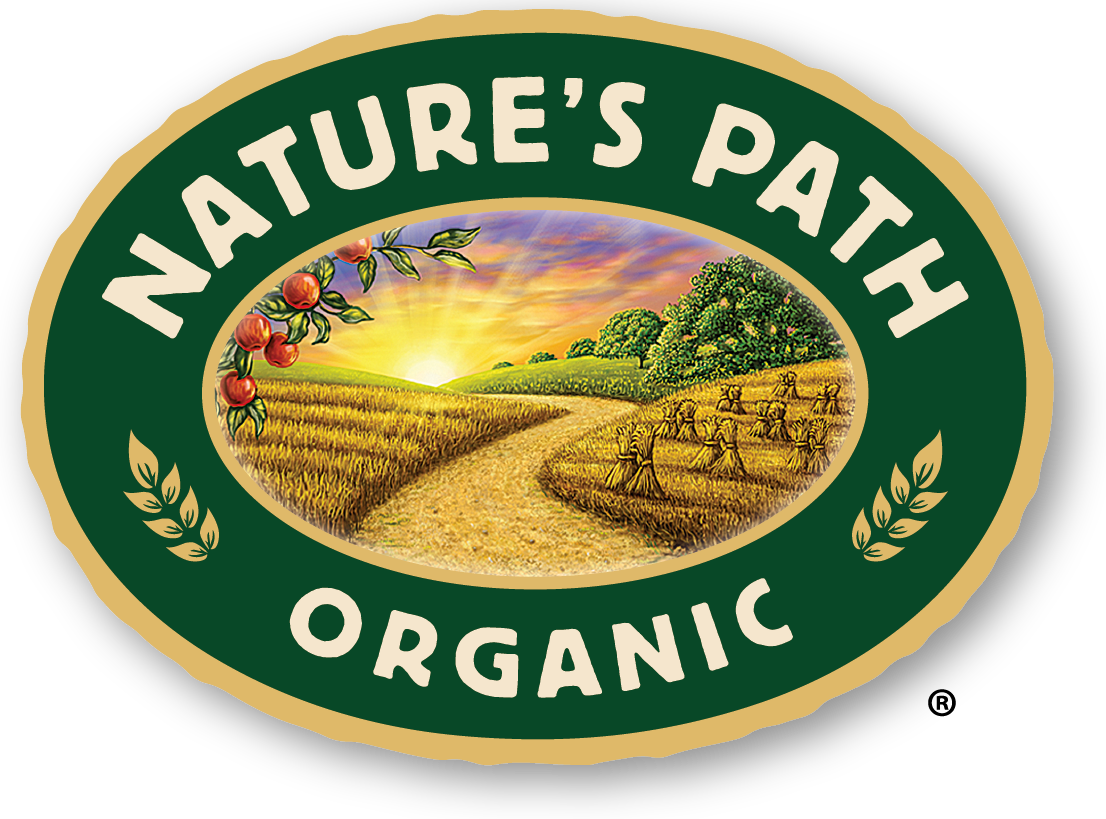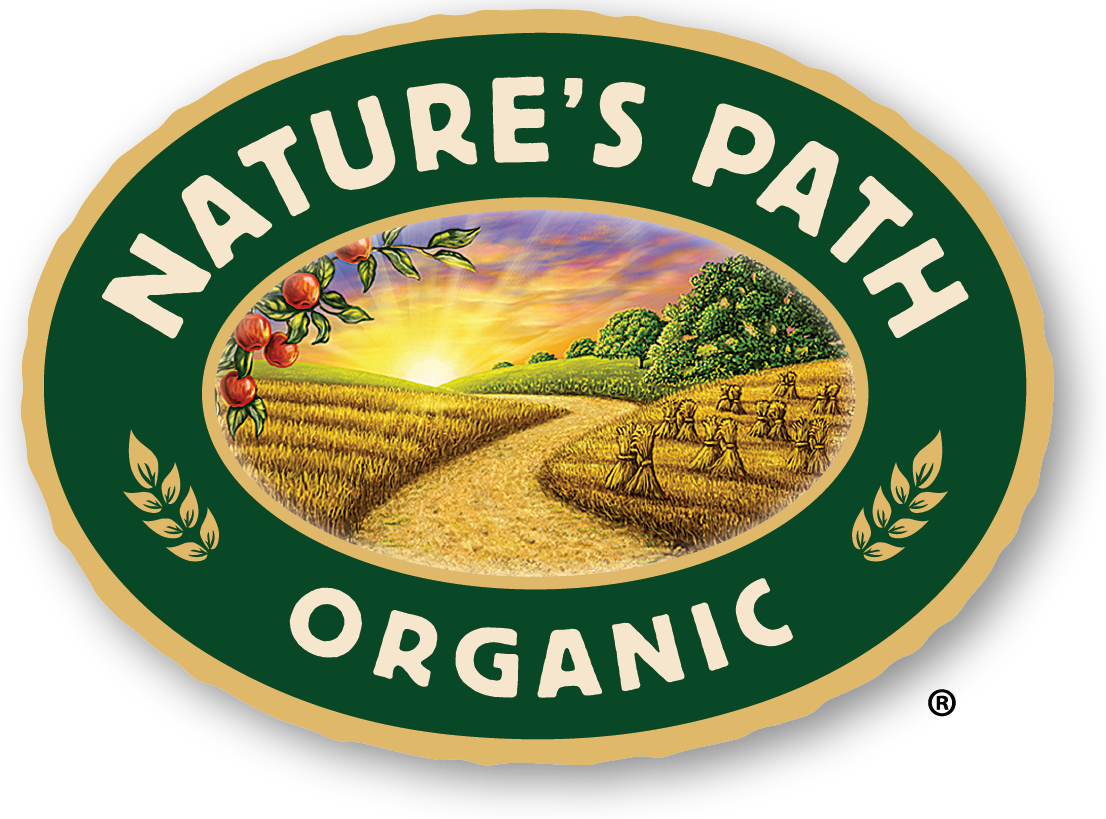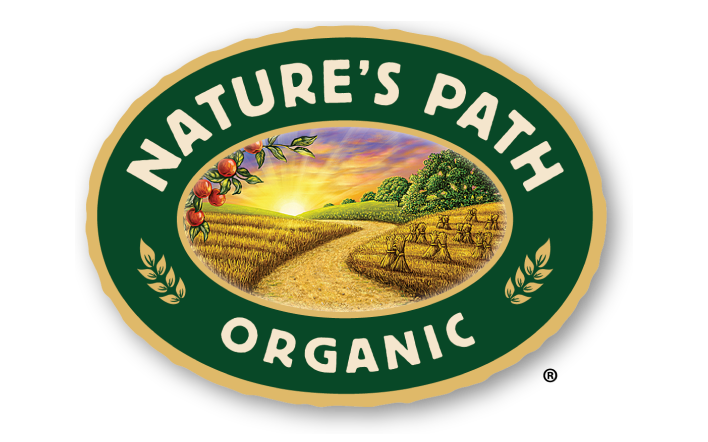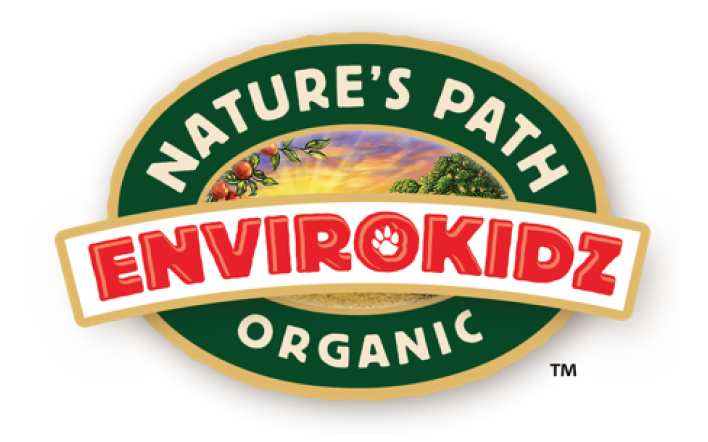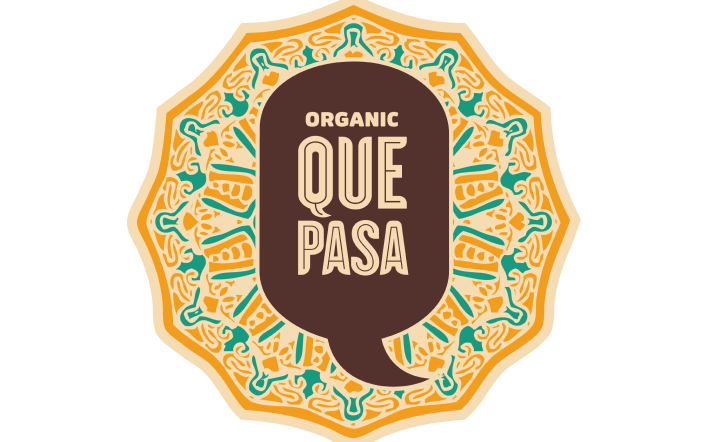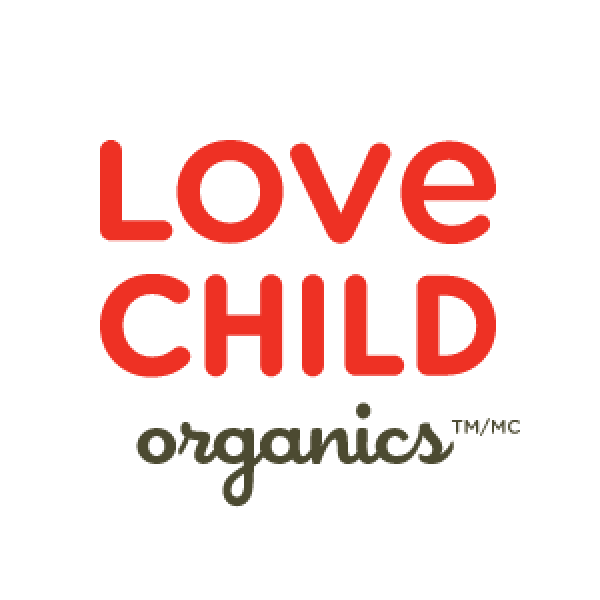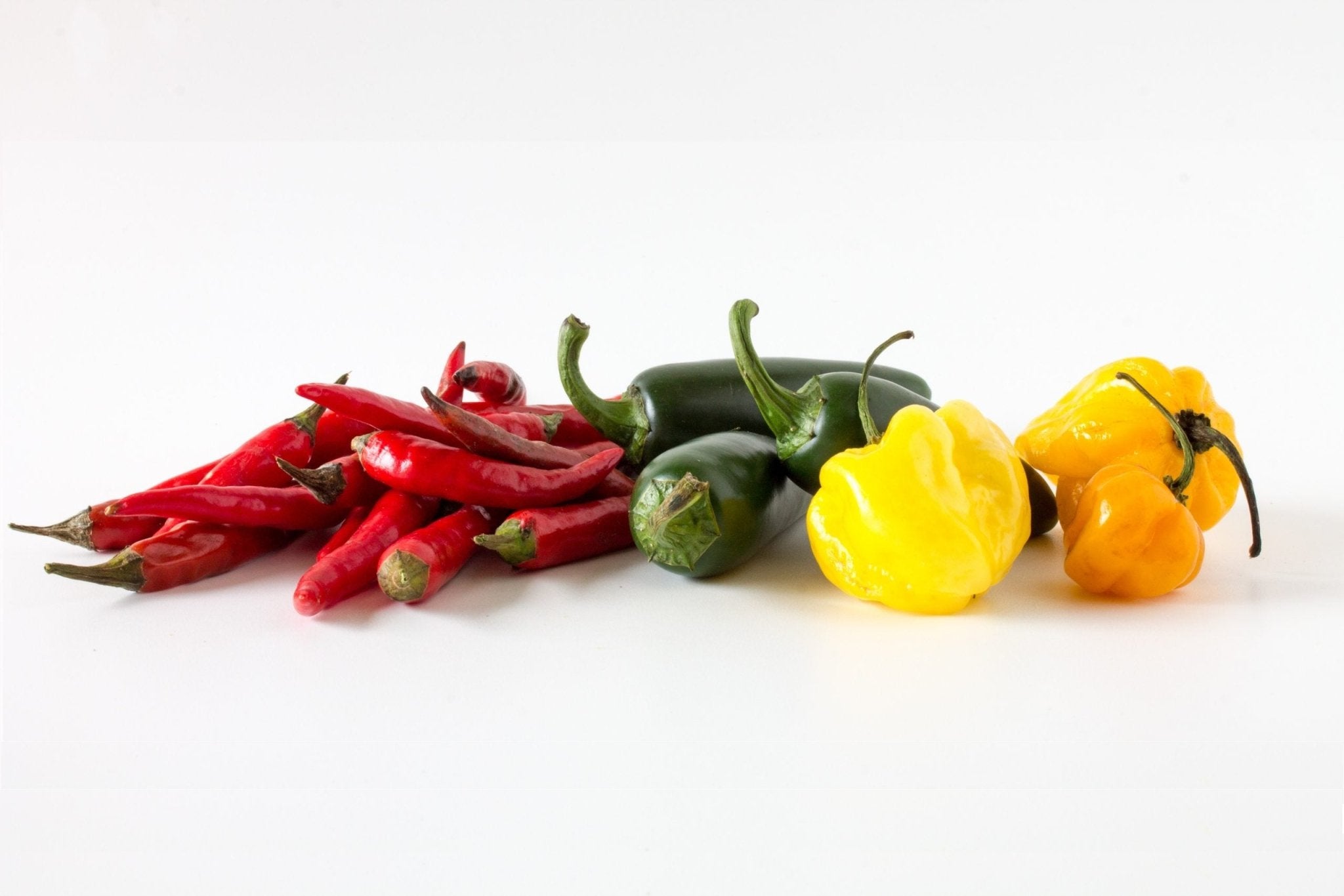
All About The Scoville Scale
Ever wondered just how hot your peppers are? Or why some peppers taste almost sweet while just nibbling on some can set your taste buds on fire? Well, the Scoville Scale can help you answer these questions. The scale measures the hotness of peppers in units known as Scoville Heat Units (SHU). So, for example, a jalapeno pepper ranges between 2,500 - 5000 SHU. But what do these numbers mean and how are they arrived at? Let’s take a look at the basics of the Scoville Scale
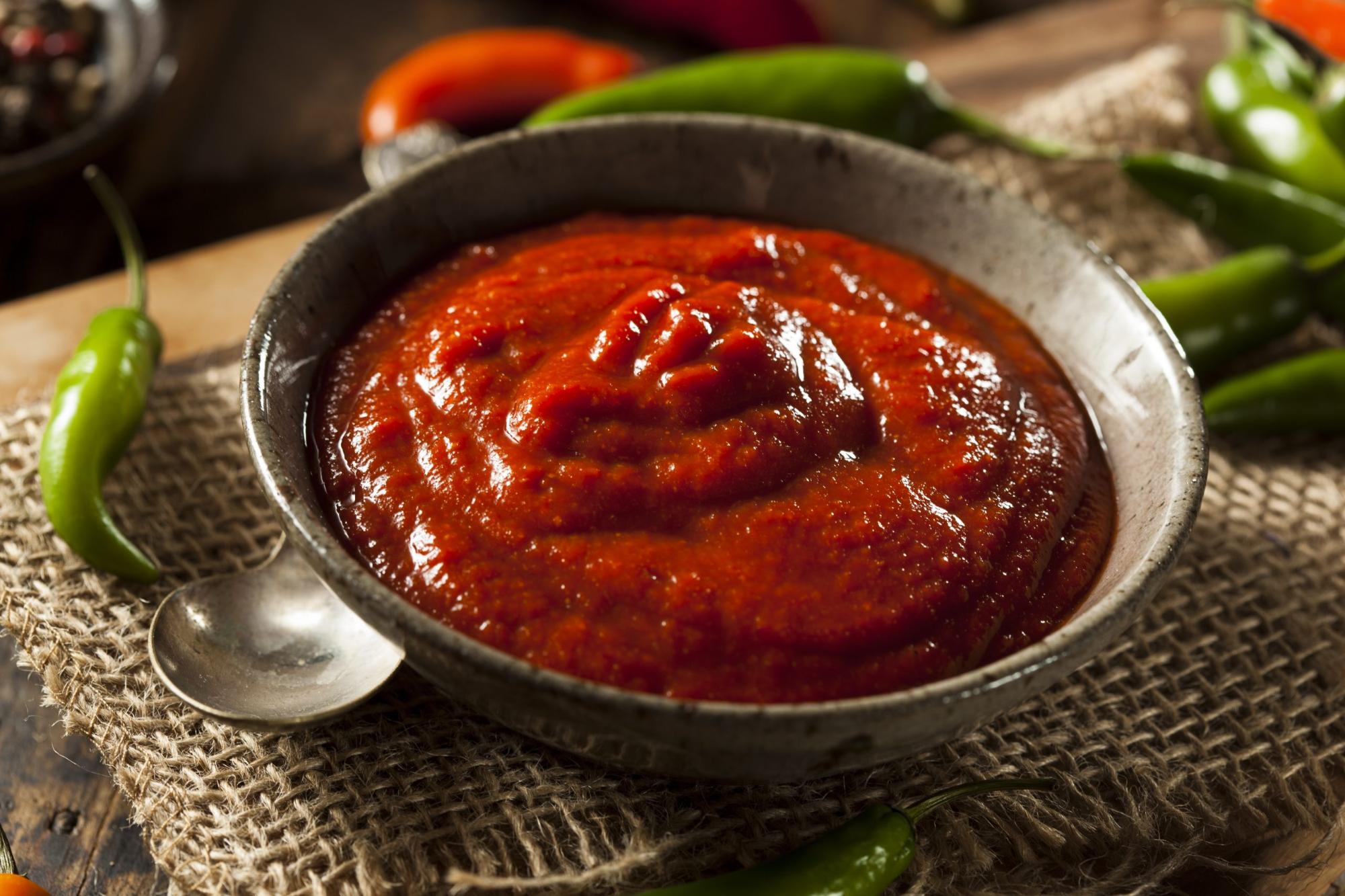 The Scoville test is also used to measure other plants which produce spicy hot chemicals. Plants such as the resin spurge a cactus-like plant native to Morocco produces a chemical called resiniferatoxin which is a thousand times hotter on the Scoville scale than pure capsaicin.
The Scoville test is also used to measure other plants which produce spicy hot chemicals. Plants such as the resin spurge a cactus-like plant native to Morocco produces a chemical called resiniferatoxin which is a thousand times hotter on the Scoville scale than pure capsaicin.
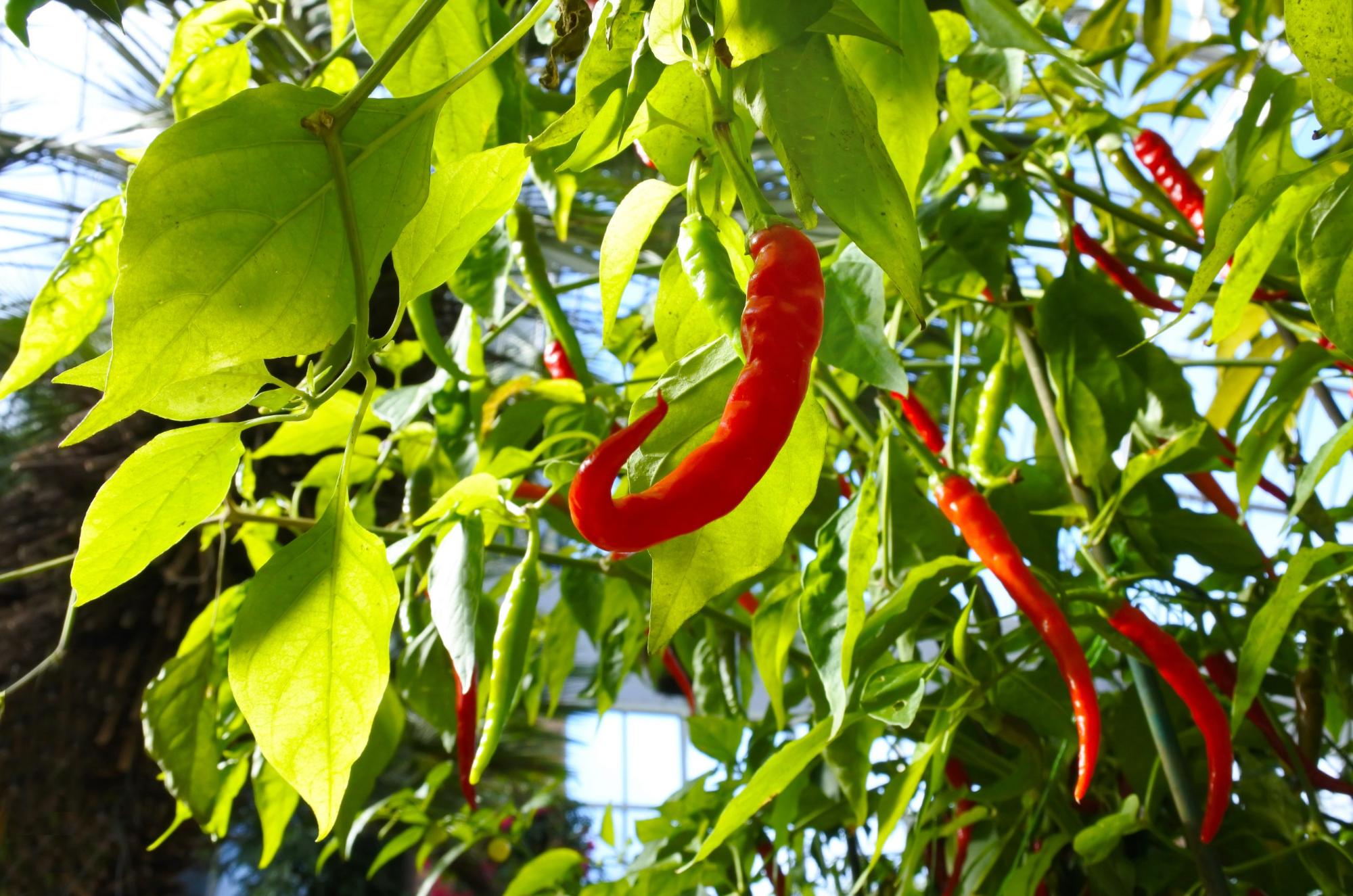 For example, if a pepper rates at 5,000 Scoville Heat Units, then the oil obtained from the extract must be diluted 5,000 times before the heat is barely detectable.
For example, if a pepper rates at 5,000 Scoville Heat Units, then the oil obtained from the extract must be diluted 5,000 times before the heat is barely detectable.
 Here are the rankings of a couple of common peppers on the Scoville Scale.
Here are the rankings of a couple of common peppers on the Scoville Scale.
What is the Scoville Scale?
The scale or test is named after Wilbur L. Scoville (1865-1942), who developed the Scoville Organoleptic Test in 1912 while attempting to find a suitable pepper to use in a heat-producing ointment. The scale is used to measure the amount of capsaicin -the chemical compound found in peppers that gives them their piquant heat- in peppers. Capsaicin is what’s responsible for making your tongue burn, body sweat and ears ache after eating a pepper. Most capsaicin is found in the ribs and seeds of a pepper. The Scoville test is also used to measure other plants which produce spicy hot chemicals. Plants such as the resin spurge a cactus-like plant native to Morocco produces a chemical called resiniferatoxin which is a thousand times hotter on the Scoville scale than pure capsaicin.
The Scoville test is also used to measure other plants which produce spicy hot chemicals. Plants such as the resin spurge a cactus-like plant native to Morocco produces a chemical called resiniferatoxin which is a thousand times hotter on the Scoville scale than pure capsaicin.
What are Scoville Heat Units?
Scoville heat units, also known as SHU is simply a measurement of the number of times capsaicin needs to be diluted by sugar-water. The number of Scoville Heat Units (SHU) in a pepper or even hot sauce indicates the amount of capsaicin present. The higher the Scoville rating, the hotter the pepper. So, of course, a low rating indicates little or no heat.How Are Scoville Heat Units Determined?
To determine the Scoville Heat Unit, an alcohol extract of capsaicin oil from a dried pepper is mixed with a solution of water and sugar to the point where a panel of human taste-testers can’t detect the heat of the pepper. The pepper is then assigned a Scoville Heat Unit with respect to the dilution required for the “burn” to no longer be sensed. For example, if a pepper rates at 5,000 Scoville Heat Units, then the oil obtained from the extract must be diluted 5,000 times before the heat is barely detectable.
For example, if a pepper rates at 5,000 Scoville Heat Units, then the oil obtained from the extract must be diluted 5,000 times before the heat is barely detectable.
How Accurate Is The Scoville Scale?
The human palate varies widely from person to person which makes the Scoville test rather subjective. The fact that the test relies on human taste thereby makes it inherently imprecise to a certain extent. Scoville ratings for peppers also changes according to a type of pepper's growing conditions like humidity and soil and also the pepper’s maturity, seed lineage, and other factors. Today, a process called high-performance liquid chromatography can determine the exact concentration of capsaicin, eliminating the need for human taste testers. But the Scoville Scale is still the official measurement, used by foodies and experts alike.So How Hot Are Your Peppers According To The Scale?
According to the Scoville Scale the Scoville Heat Units of peppers from all around the world ranges from as low as zero as seen with sweet bell peppers which have no capsaicin present to as high as 800,000 to 1,001,300 as seen with Bhut Jolokia (Ghost Pepper), which is considered to be one of the hottest peppers in the world. To put this into perspective, a regular Jalapeno tests at a range of between 2,500 to 8,000 units. Standard pepper spray ranges from 2,000,000–5,300,000 while pure capsaicin ranges from 15-16,000,000 units. The Carolina Reaper is currently considered to be the hottest pepper in the world with a Scoville Heat Unit ranging from 1.56 million units to 2.2 million units. Even your bottle of hot sauce has a Scoville rating. Original Tabasco has a rating of 2,500 to 5,000 Scoville units. Here are the rankings of a couple of common peppers on the Scoville Scale.
Here are the rankings of a couple of common peppers on the Scoville Scale.
- 2.2 million SHU: Carolina Reaper pepper
- 1.3 million SHU: Naga Viper pepper
- 1 million SHU: Ghost pepper
- 500,000 SHU: Red Savina pepper
- 100,000–350,000 SHU: Habanero pepper; Scotch bonnet pepper
- 30,000 - 50,000: Cayenne Pepper
- 6,000–23,000 SHU: Serrano pepper
- 5,000–10,000 SHU: Chipotle pepper
- 2,500–5,000 SHU: Jalapeño pepper
- 0 SHU: Bell pepper
Would you like to be the first to hear about our new products and more? Sign up for our Nature’s Path Newsletter.
